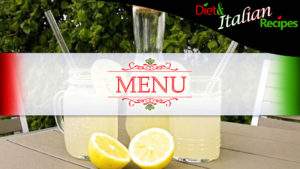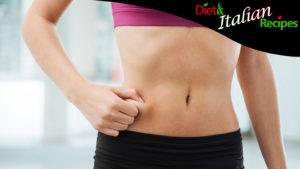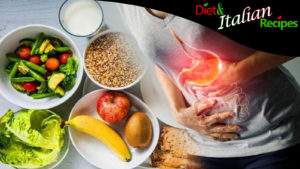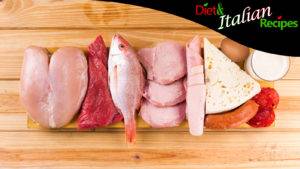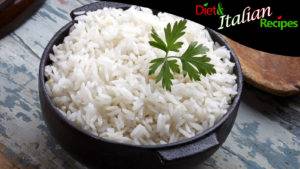The Metabolic Diet was developed by Dr. Mauro Di Pasquale, an Italian-Canadian physician, for losing weight by mostly consuming high-fat foods while avoiding carbohydrates. During the first week of the Metabolic Diet, you are allowed a maximum intake of 30 g (1.06 oz) of carbohydrates, while all fatty foods are permitted indiscriminately. This diet has received criticism because it goes against all the good eating habits that nutritionists have been trying to teach us for years. Using this diet to lose weight is an extreme approach, relying on our body’s ability to metabolize fats perfectly. Let’s delve deeper into the Metabolic Diet to clarify how weight loss can be achieved by eating plenty of fatty foods and limiting carbohydrate intake, including the loading and unloading phases and the 14-day trial phase of Dr. Di Pasquale’s diet.
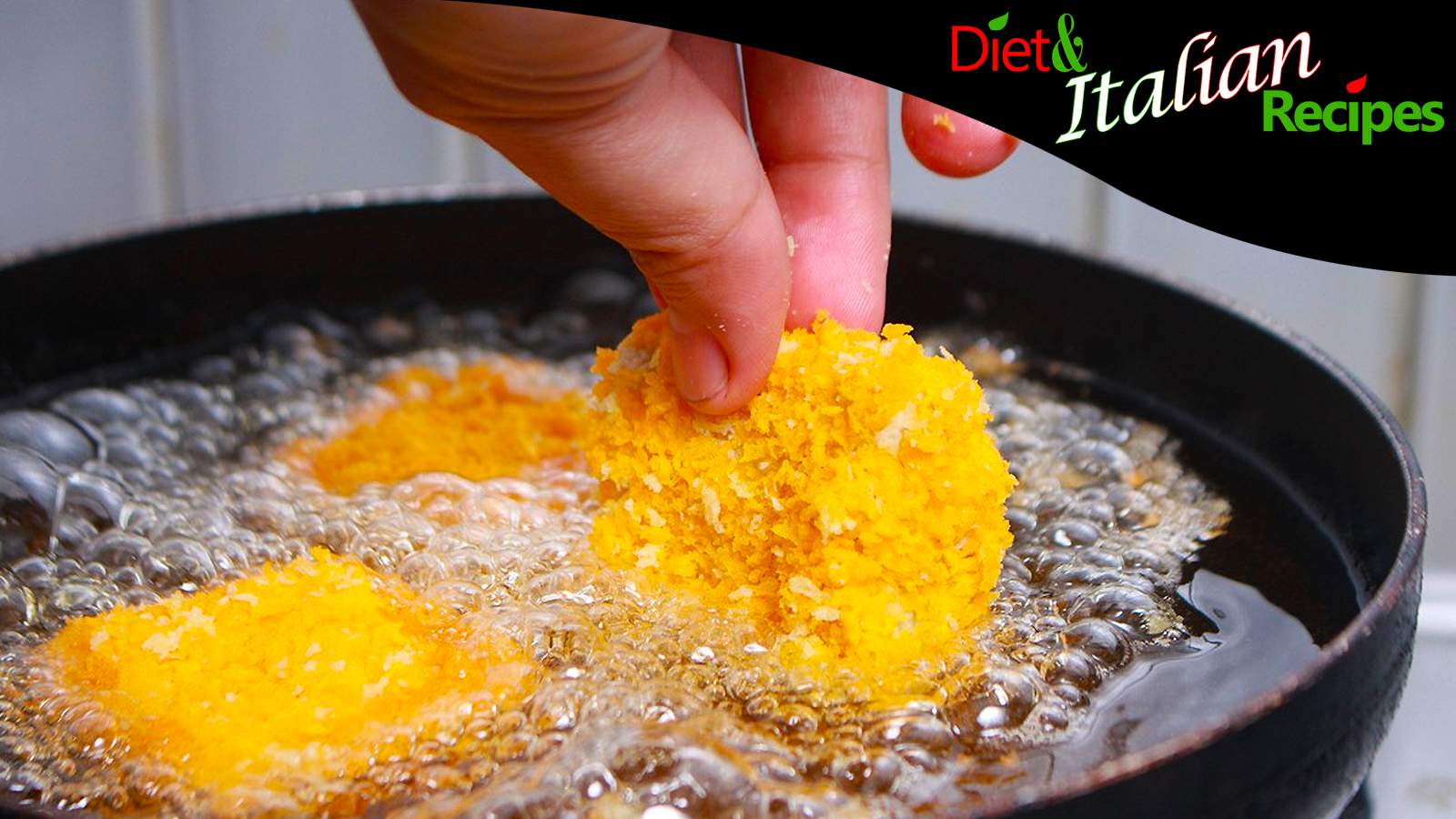
Metabolic Diet for Losing Weight, Introduction
Dr. Mauro Di Pasquale, of Italian descent but a Canadian by all means, gave us the gift of inventing the Metabolic Diet, which allows unrestricted consumption of fatty foods while almost completely abandoning carbohydrates. We have already discussed the workings and risks of a low-carb diet, such as a ketogenic diet or a high protein diet.
The problem with Dr. Di Pasquale’s Metabolic Diet is that it works and leads to weight loss, but it deprives the body of its vital source of carbohydrates, from which glucose is extracted, which is essential for keeping us alive and healthy. Without delving too much into biochemistry, which is not our forte, we conclude that embarking on this particular diet for weight loss is uncertain, and it can cause unpleasant side effects such as tiredness, vomiting, nausea, headaches, and, in some extreme cases, coma. In our opinion, the risks of the Metabolic Diet outweigh the potential benefits, so think carefully and consult a physician before starting the diet.
The Metabolic Diet is, at the same time, what we should not do and what we always wanted to do to lose weight easily by eating junk food. We will explain in the following lines how this bizarre diet could work for the few brave souls who manage to overcome the carbohydrate cravings during the 14-day trial phase and associated risks, and reach their goals according to Dr. Mauro Di Pasquale’s guidelines.
Metabolic Diet: How to lose weight by eating many fatty foods and few carbohydrates
The metabolic diet begins with a test phase characterized by a drastic reduction of carbohydrates to understand how many you actually need. The test phase will last about two weeks and is structured as follows: 12 days of loading (50-60% fats; 30-50% protein; 30 g (1.06 oz) of carbohydrates) and 2 days of loading / reloading (25-40% fats; 15-30% protein; 35-55% carbohydrates).
The test phase is intended to determine how many carbohydrates your body needs, which is different from everyone else’s. If you experience side effects during the loading phase, you can consume small doses of carbohydrates to understand your limit. Once established, you will know the minimum amount of carbohydrates to take daily and can move on to the second phase. According to Dr. Mauro Di Pasquale, a similar approach would train the body to burn fat to meet its energy demands, helping with weight loss.
The second phase of the metabolic diet comprises 5 days of loading and 2 days of reloading with the same macronutrient distribution as tested during the trial phase.
Example menu for the metabolic diet loading and reloading phases.
The example menu for the metabolic diet cannot be indiscriminately used by everyone. Unlike other diets, this diet is based on the functioning and adaptation of the metabolism to new foods and requires a testing phase. It is better to consult an expert who can guide you on the path to follow and carry out your metabolic diet.
What to eat to burn fat and transform metabolism
The metabolic diet consists of two phases. The first is a two-week evaluation phase that serves to understand how many carbohydrates your body needs to function properly without giving up. The second phase of the metabolic diet is indefinite and lasts as long as your metabolism takes to transform and switch from carbohydrate to fat consumption to produce energy.
During the evaluation and testing phase, you proceed with 12 days of “loading” sugars, consuming fewer carbohydrates. One or two “reloading” days follow, where you return to eating them for a short time. Removing carbohydrates from the body and then reintroducing them into the diet for a short period helps you and your specialist understand how many grams of carbohydrates you need daily. As we mentioned, there is no single recipe, it is all very subjective.
The “loading” metabolic diet includes the following nutrient distribution: 50-60% lipids; 30-50% protein; about 30 g (1.06 oz) of carbohydrates.
The “reloading” metabolic diet instead foresees a different distribution of nutrients, more similar to that recommended by nutritionists in general: 35-55% carbohydrates; 25-40% lipids; 15-30% protein.
In both nutrient distributions, we can notice that they are not only highly unbalanced nutrition but also excessively oily and protein-rich compared to an exceptional scarcity of carbohydrates.
Let’s see how these percentages are explained by an example menu, in which we will report an example of a metabolic diet for loading and a metabolic diet for reloading, both for 1 day. The following menu is an example and should not be taken literally; it is only intended to give you a clearer idea of how the metabolic diet works and what “sacrifices” it requires.
Example menu of a Metabolic Discharge Diet for 1 day
The following example menu of a Metabolic Discharge Diet for 1 day is recommended for a middle-aged woman who has an active job and performs Body-Building workouts in the gym on a weekly basis.
- BREAKFAST: 5 fl oz of whole milk + 1 scrambled egg with 1 tablespoon of extra-virgin olive oil + 5 grams of pistachios;
- SNACK: 0.5 oz of dried walnuts;
- LUNCH: 12.3 oz of lean and fatty pork chop + 3.5 oz of zucchini + 1 tablespoon of extra-virgin olive oil + 0.5 oz of almonds;
- SNACK: 5.3 oz of whole yogurt;
- DINNER: 15.8 oz of sea bass + 3.5 oz of fennel + 1 tablespoon of extra-virgin olive oil + 0.5 oz of hazelnuts.
A menu like this should be consumed every day for 12 days, after which you enter the carbohydrate and sugar loading phase.
Example menu of a Metabolic Recharge Diet for 1 day
The following example menu of a Metabolic Recharge Diet for 1 day is recommended for a middle-aged woman who has an active job and performs Body-Building workouts in the gym on a weekly basis.
- BREAKFAST: 8.5 fl oz of milk + 1 oz of whole grain biscuits with 0.9 oz of sugar-free jam;
- SNACK: 7 oz of orange;
- LUNCH: 2.8 oz of whole grain rice + 3.5 oz of fresh mushrooms + 1 teaspoon of Parmesan + 3 tablespoons of extra-virgin olive oil + 7 oz of spinach with 0.9 oz of whole grain bread;
- SNACK: 5.3 oz of skim yogurt;
- DINNER: 10.6 oz of gilt-head bream + 7 oz of fennel + 3 tablespoons of extra-virgin olive oil + 0.9 oz of whole grain bread.
This menu is followed for two days after the long discharge phase and is used to evaluate the metabolism’s response to the drastic reduction in carbohydrates in the diet.
In summary
The Metabolic Diet has several side effects and goes against everything that good nutritional schooling teaches us:
- excessive decrease in carbohydrates;
- promotes the formation of ketone bodies;
- low-energy efficiency of fats;
- exaggerated intake of fats and proteins;
- limited fiber intake;
- does not provide a personalized diet based on physical activity and individual characteristics;
- insulin spike is ensured;
- it poses intolerable health risks, such as coma.
In short, there are many healthier and still easy diets to lose weight that you can try without risking the serious side effects caused by the lack of carbohydrates. Discover other types of diets to easily lose weight.
SHARE how to lose weight with the metabolic diet by eating few carbohydrates and many fatty foods.
The information provided in the Diet and Italian Recipes articles is for INFORMATION ONLY and does not intend to replace the opinion of professional figures such as a doctor, nutritionist, or dietitian, whose intervention is necessary for the prescription and composition of personalized dietary therapies.
